Asha’s Little Farm for Food and Nutrition Security
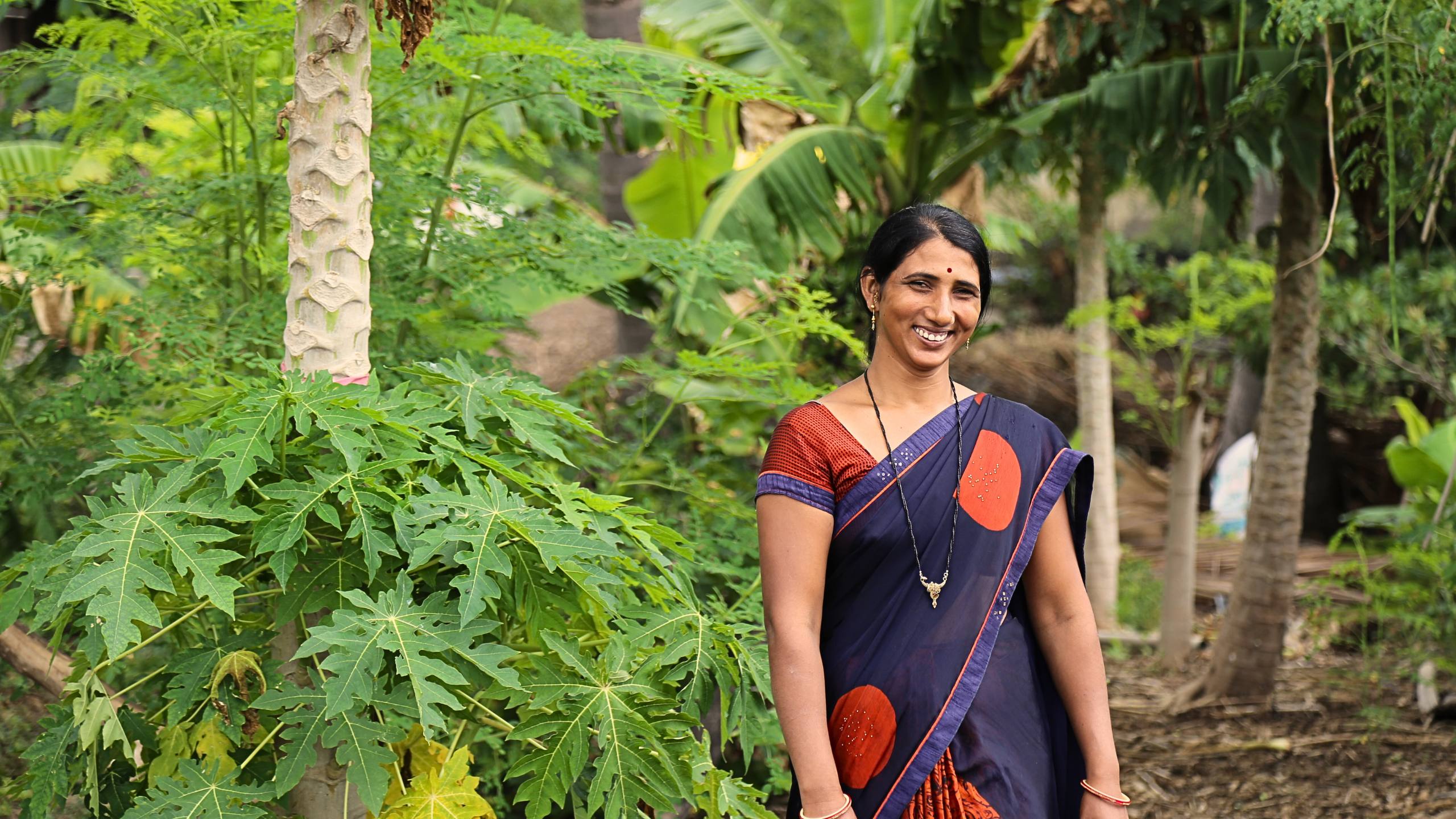
Prologue
This story is from the booklet 'Seeding Entrepreneurs: Stories of Women Entrepreneurs from Karjat and Shrigonda Blocks in Ahmednagar District, Maharashtra,' published as a part of the ‘Promoting Entrepreneurship, Employment Opportunities, and Increased Incomes in Maharashtra’ programme of HSBC. This collection of stories highlights the entrepreneurial drive of women in the Shrigonda and Karjat blocks of Ahmednagar district in Maharashtra, fueled by HSBC’s. The programme, implemented by WOTR, aims to improve the ability of rural microentrepreneurs, particularly women, to efficiently, sustainably, and profitably manage their farm and non-farm-based microenterprises.
The programme achieves this goal by enhancing water security, promoting sustainable agriculture practices, developing skills, and creating a supportive ecosystem for enterprises. The strategy focuses on ensuring water security, creating a market-oriented ecosystem, and providing technical, organisational, and management support to farm, allied, and non-farm-based enterprises.
In Maharashtra, the programme is being carried out in 20 villages across the Shrigonda and Karjat blocks of Ahmednagar district, connected by tar roads for easier access to value chains and markets. Farming and related enterprises are the primary source of livelihood in this region. However, most of these small/micro- enterprises struggle with low productivity, high costs, and limited market access, leading to sub-optimal wages and below-living-wage standards.
The stories from the booklet bear witness to HSBC and WOTR’s efforts to empower women to earn an income and break the cycle of poverty through training and guidance in entrepreneurship, providing both financial freedom and social equity.
In early 2021, the ‘Promoting Entrepreneurship, Employment Opportunities and Increased Incomes in Rural Maharashtra’ programme by HSBC & WOTR introduced Asha Ghodke, 35 from Belwandi Kothar, Shrigonda, to an unfamiliar concept called Multilayer Farming and the various health benefits it offers.
Simply put, Multilayer Farming refers to growing different vegetables on the same plot at a time. Excitedly, she went to her husband with the idea, not only to be brushed aside, but worse, mocked. “Gat me se kuch bhi lekar aati ho tum,’’ teased Sunil Ghodke, a seasoned farmer himself, referring to her Self-Help Group, Unnati Mahila Bachatgat of which she has been a member for the last two years.
“He simply did not understand how it would be possible for us to grow so many crops in such a small piece of land,” Asha recounts laughingly, as we speak over chai, sitting in her verandah. The space overlooks a vast straw-filled structure stuffed with onions from their recent harvest. There is a hum of activity around us: her cows in the shed across her house are feeding and little chicks are all over the place clucking away.
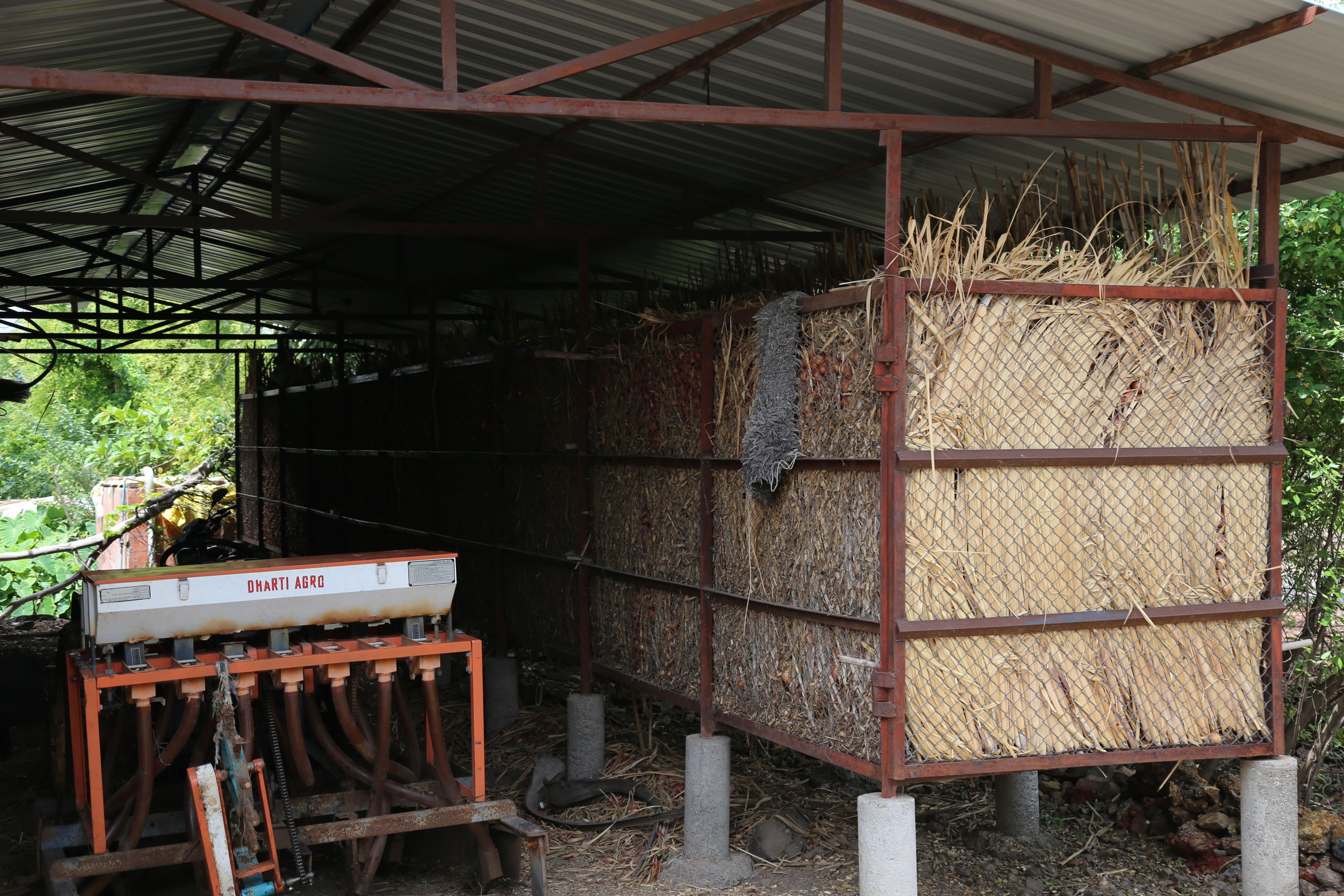
Sunil’s initial reaction to his wife’s idea is well founded though. On paper, the thought of growing thirty-nine varieties of crops in just two gunthas of land hardly sounds plausible, let alone profitable. “Earlier, we would only grow onion and garlic,’’ says Asha.
Even her fellow SHG members were not fully convinced. They wished her well but when it came to taking the plunge, she was all alone. “Some of them called me a fool for thinking it would work,” she says.
Asha, however, paid no heed to their discouraging comments. Any last seeds of doubt she may have had disappeared as soon as she understood the advantages of Multilayer Farming, which far outweighed any risks that could possibly be involved.
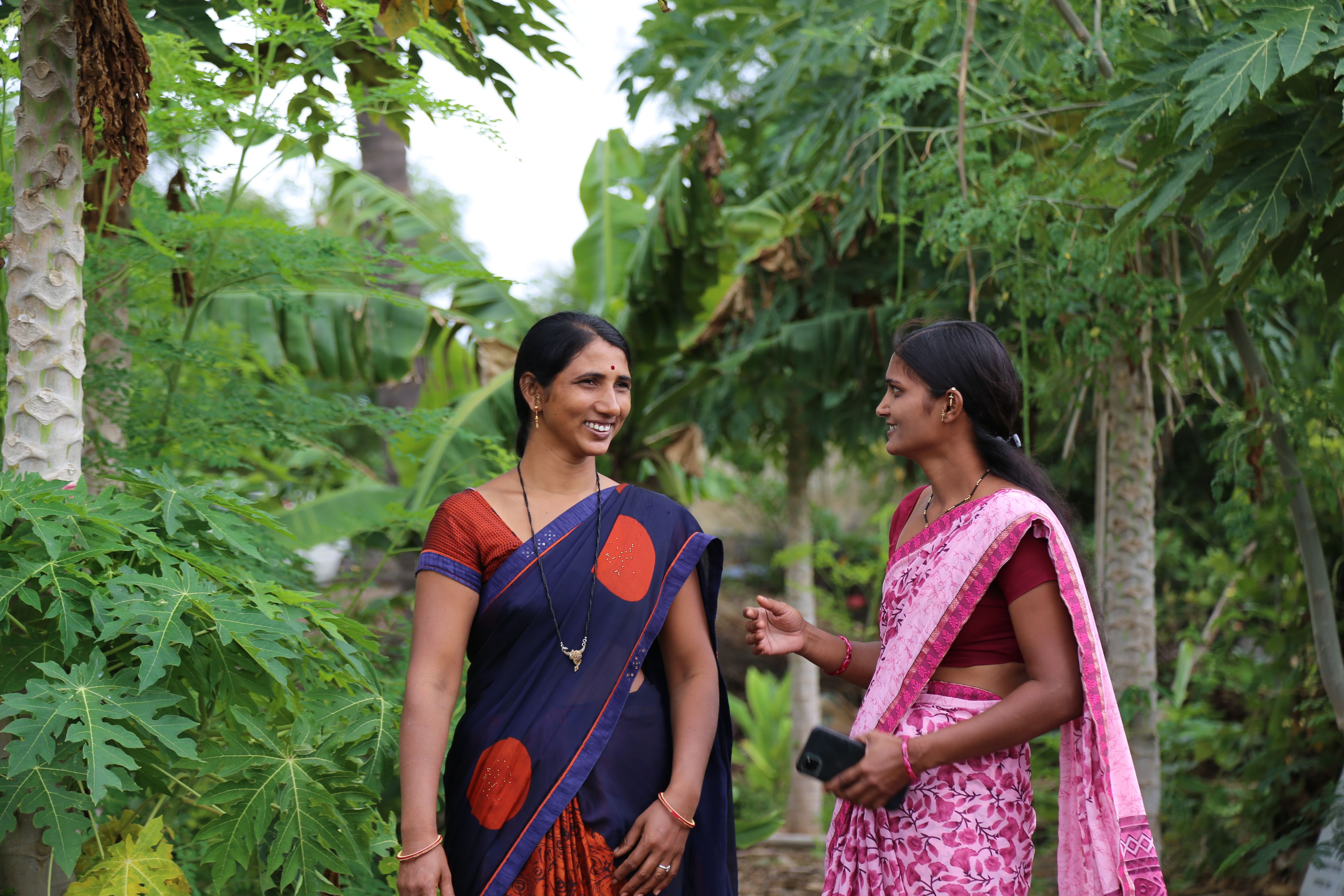
Assisted by the program staff, Asha set up her own multi-layer farm
Assisted by the program staff, Asha set up her own multi-layer farm
For starters, the programme staff informed her that by growing her own organic produce, she could avoid the market almost entirely, thereby, saving expenditure on groceries. It was also a healthier choice.
“The process involves going organic. Switching from pesticides and fertilisers to the use of Amrutpaani, Jeevamrut and waste decomposers is not only better for our health but also for our pockets! We save close to Rs. 2,000 every month from not buying fruits and vegetables’’, says Asha, getting up to run inside and dig up her monthly accounts’ notebook, a systematically maintained record that helps her track not only how much her family is selling but also, the current market prices of fruits and vegetables.
This helps her keep a tab on how much they are saving. “Saved Rs. 1,960,” reads her records under the month of August. Every expense, small or big, is carefully accounted for in clear writing.
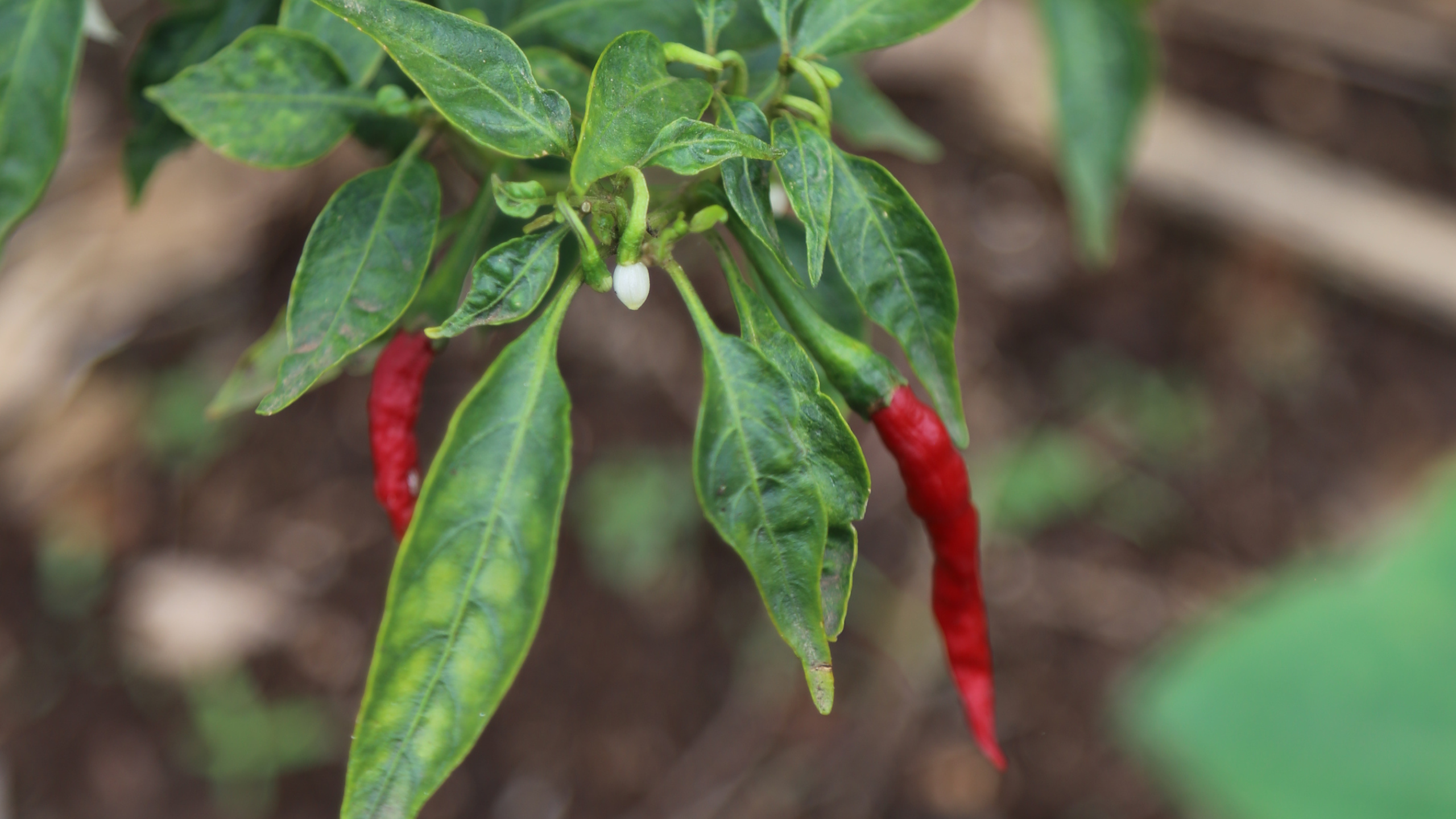
Employing Amrutpaani, Jeevamrut, and waste decomposers has not only resulted in better health through organic produce but also reduced expenses
Employing Amrutpaani, Jeevamrut, and waste decomposers has not only resulted in better health through organic produce but also reduced expenses
“In July 2021, WOTR gave us 2,500 rupees worth of material like rain pipes and seeds with which we were able to start Multilayer Farming,” says Asha. The process is not simply limited to growing without chemical fertilisers but involves adhering to a larger principle of healthier and more sustainable eating.
“We were properly trained before we started. The programme team gave us a book that consisted of important details regarding what kind of crops to grow in which season, how much water each crop requires, how to prepare Amrutpani, Jeevamrut, etc.”

Asha walks us through her multilayer farm - thick with vegetation, yet categorically assembled with trees and crops of onions, chillies, jamuns, papayas, drumsticks, lemongrass and so many more. Patches of bright yellow marigold flowers routinely make an appearance, strategically placed in her field so as to attract pests and keep them away from attacking other crops.
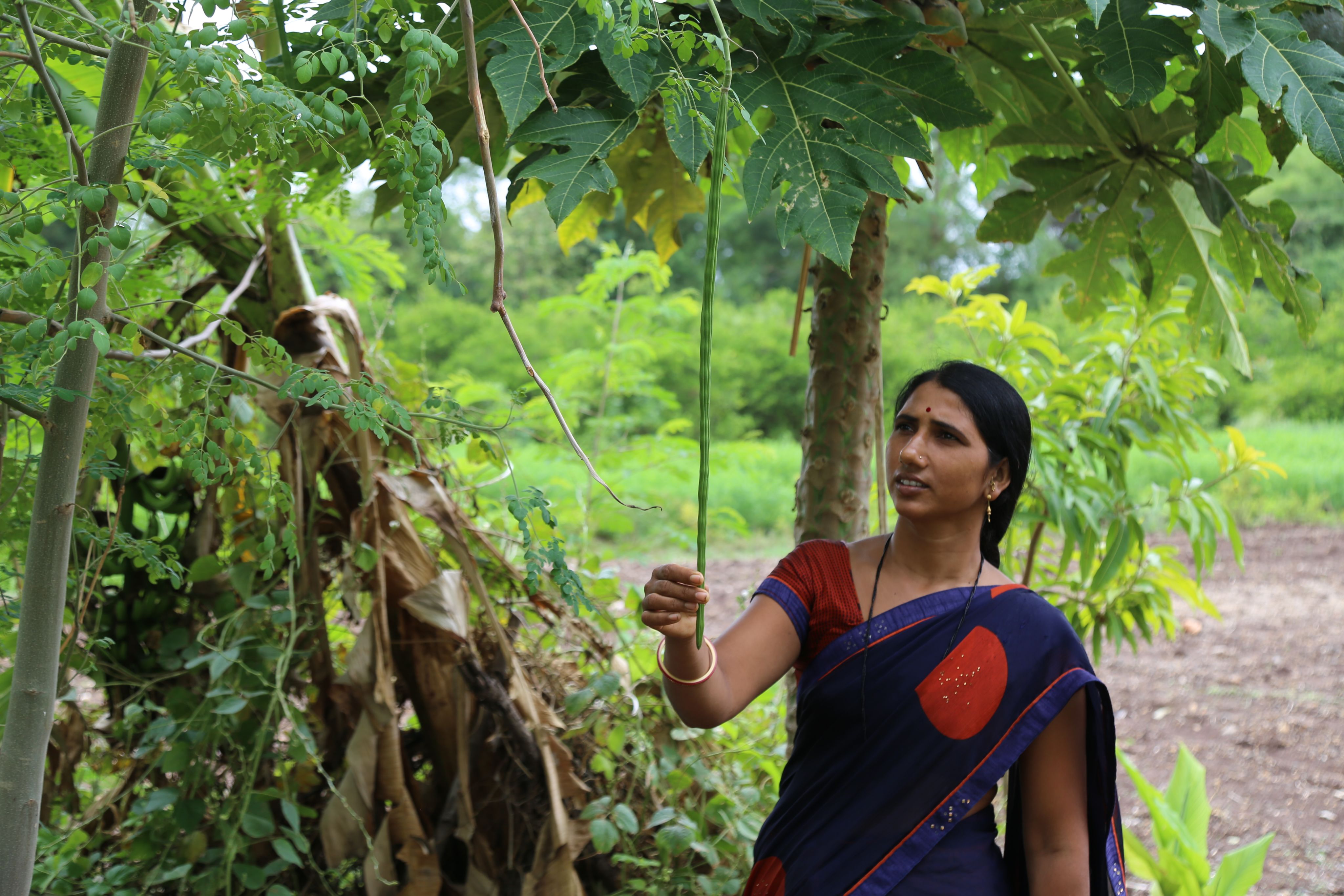
Asha grows numerous trees and crops, including onions, chillies, jamuns, papayas, drumsticks, lemongrass and others in her multi-layer farm
Asha grows numerous trees and crops, including onions, chillies, jamuns, papayas, drumsticks, lemongrass and others in her multi-layer farm
As she speaks, Asha doesn’t keep still for a moment. This time she rushes towards the kitchen to cut up some papaya from her latest harvest. She is used to being on the move. She shares how an average day in her life starts at 5 in the morning, and involves feeding livestock followed by cooking, ploughing, sowing/ harvesting and doing it all over again the next day.
Growing up in an agrarian household, she is now well accustomed to the rigours of the farming profession and all the uncertainties it poses. But the joy of gathering a bountiful harvest makes the daily hustle worth it.
“We got our first fruits from Multilayer farming in August,” says Asha. The joy she felt upon spotting the first ripe fruit on her papaya tree was simply indescribable. A speck of orange in the midst of a sea of green that she created with her own hands. “There is no other feeling like it,” she says.
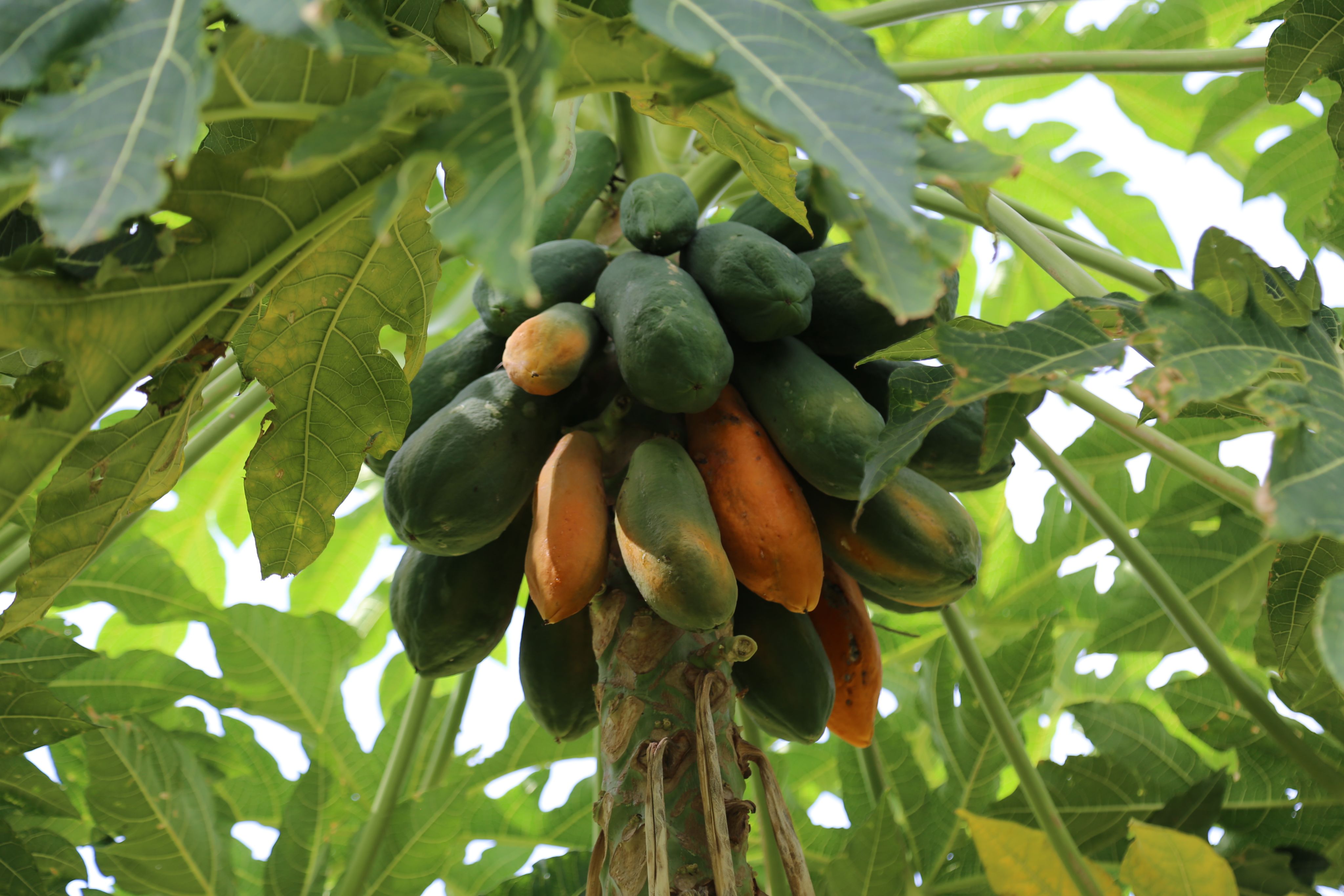
“There is no other feeling like it,” says Asha upon spotting the first ripe fruit on her papaya tree
“There is no other feeling like it,” says Asha upon spotting the first ripe fruit on her papaya tree
We get a taste of it as well when she brings out plates of juicy papaya cut into long wedges that are red ripe. Asha smiles confidently as we bite into it. They’re the most delicious I’ve ever had. They’re also healthier because they’re not poisoned with chemical fertilisers.
The array of fresh homegrown fruits and vegetables have yielded better health and brought about self- sufficiency for Asha and her family - both valuable blessings especially during pandemic times.
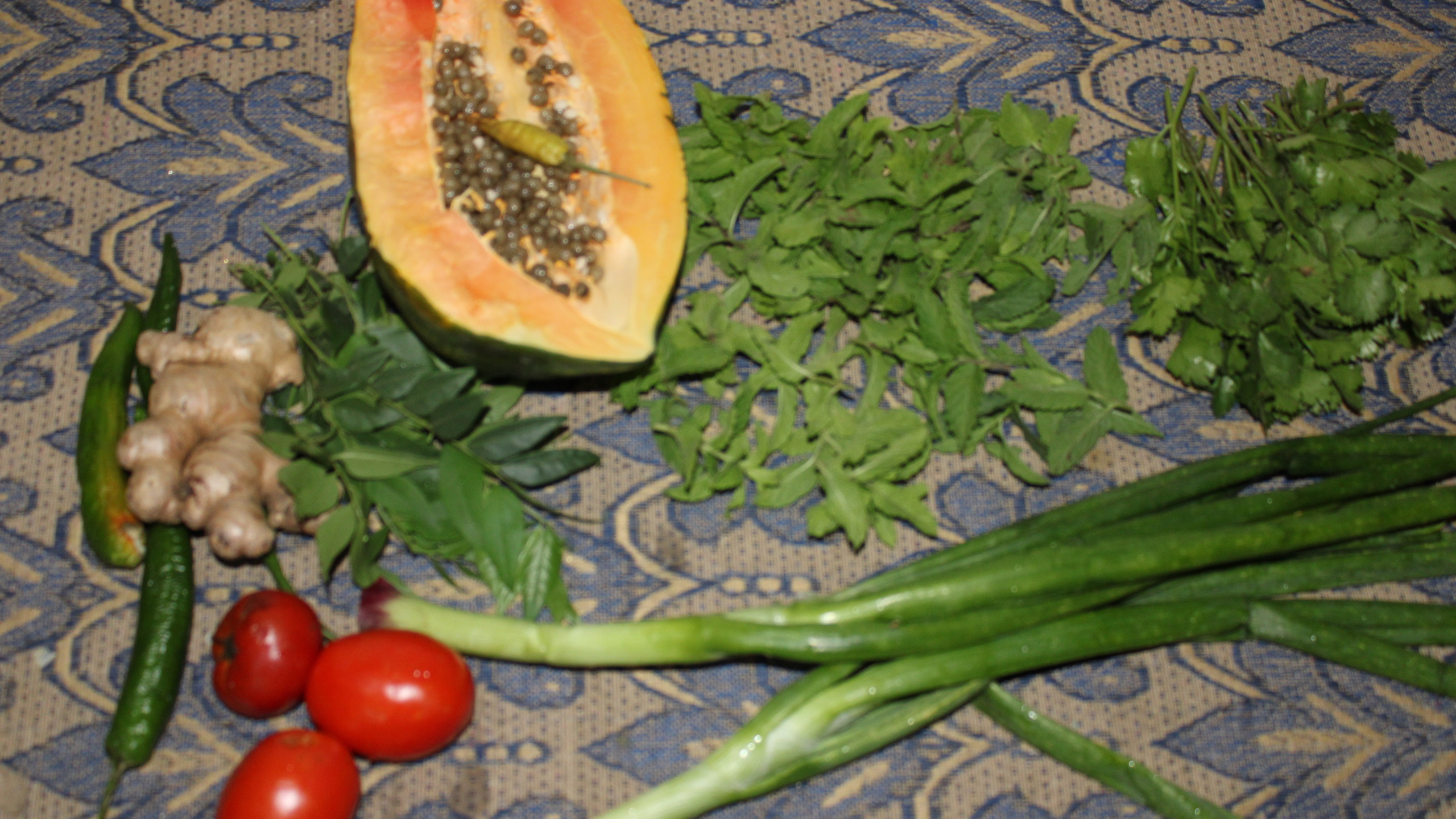
As trips to the market became increasingly fraught with fears of contracting the virus, Asha remained secure. Her fellow SHG members, in fact, wished they had followed suit when she first attempted Multilayer farming.
“My family and friends are so surprised with the kind of yield I have got. Four of my fellow members have started Multilayer farming since they have seen my results,” says Asha smilingly with a hint of pride in her voice. Her biggest win, though, is Sunil’s acceptance of the feasibility and benefits of Multilayer farming.

